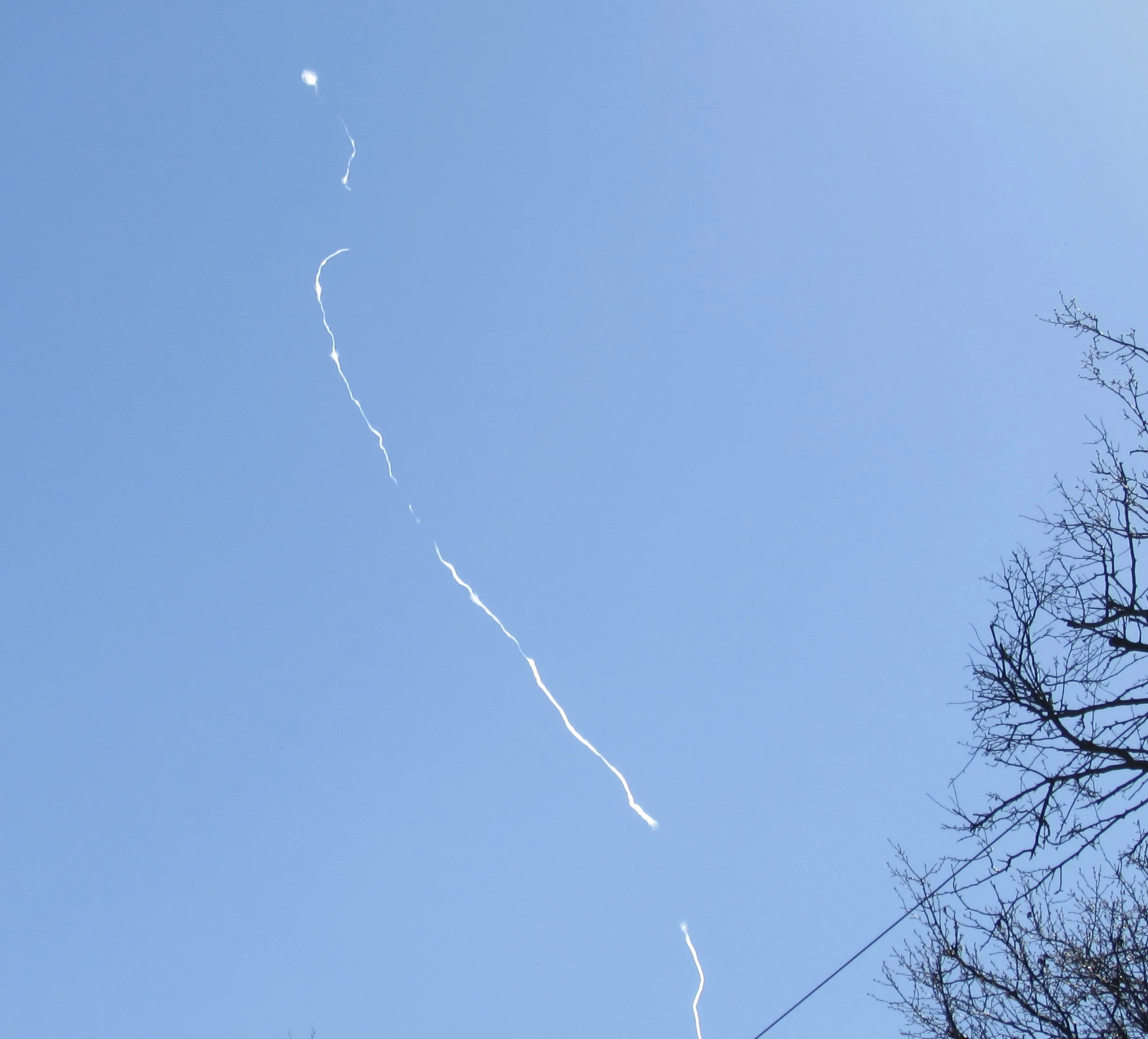I was fortunate this week to attend a screening at the National Academies of the new film, Imagine It!, a work by Rudy Poe and Richard Tavener of Infinite Loop Media LLC.
All in Technology
A Panel Discussion, "Internet Technology in the Obama Age"
The main question addressed was, given the Obama campaign’s successful use of modern web and social technologies online, what will now be done with these technologies to actually improve government?
The Best Part of Obama's Inaugural Speech
This was my favorite part of President Obama’s inaugural speech; I’ve emphasized what I think is the best phrase:
OK, it’s list time. Here are some consumer technologies I really like, and why:
Articles such as The Los Angeles Times’ Obama, the first social media president are popping up in the mainstream media and in the blogosphere. The theme is that Obama’s successful use of the web and “social technologies” in his campaign portends a new, more open, and transformative approach to government and public sector transparency.
Am I Asking the Right Question About Technological Literacy?
Maybe the question should be how technologically literate people should manage the jobs they find themselves doing — jobs that may not be ready to take advantage of all the skills and experience technologically literate people bring to them.
Years of managing, studying, developing, consulting on, and using information technology have taught me about the realities of using technology for business advantage. Here are ten of these realities:
The "Who" and "What" of Technological Illiteracy
Definitely worth listening to is Command Line’s December 19 podcast technological illiteracy among our leaders. His theme: we need to do something about the lack of knowledge our leaders have of how technology operates and impacts our lives.
Potential Applications of Social Media and Social Networking in Local Disaster Response
People use the tools available to them when a crisis hits. Increasingly these tools include blogs, text messaging, and social networking systems such as Facebook. The use of such communication tools in disaster and emergency situations is evidence of an obvious fact: the people most involved in an emergency are going to communicate about it. The question is, how can those in an official capacity take advantage of these communication channels?
Getting Real about Social Networking Adoption
Professional networking guru Scott Allen left a thoughtful comment on my blog post Network Unto Others As You Would Have Others Network Unto You a couple of days ago. He noted that people don’t share the same personal and professional networking priorities.
I’m a member of an exclusive and high quality group on Facebook called “Association of Associations.” It’s composed of professional association executives and managers, members, vendors, and consultants (like me).
I heard a story recently that might be true. The younger employees of a large international company had started to use Google Calendar for listing company events, and they started entering upcoming conference call-in information. Some of them set the "share" feature to "on."
Next time you are frustrated enough with your computer to toss it out the window, remember that these are the types of computers that helped us land humans on the moon (courtesy NASA archives):
Lisa Welchman in Why I’m Disgusted with Web Teams on The Gilbane Group Blog has a great rant about corporate web site mismanagement (or lack of management, basically the same thing). Here's a quote:
John P. Holden, President of the American Association for the Advancement of Science (AAAS), President, The Woods Hole Research Center, and Teresa & John Heinz Professor of Environmental Policy, Harvard University, delivered a lecture at the annual meeting of the AAAS on February 15, 2007, titled “Science and Technology for Sustainable Well-Being.”
I'm advising a corporate client who is establishing an internal blog. The client conducts research via surveys, focus group interviews, and other means. The client currently makes the research findings available to the parent organization's staff members through a variety of presentations, reports, emails and ad-hoc analyses.
Mr. Lincoln's Telegraphy Practices and Modern Email
A while back I published an announcement about a new book by Tom Wheeler called Mr. Lincoln’s T-Mails: The Untold Story of How Abraham Lincoln Used the Telegraph to Win the Civil War. Tom sent me a note suggesting I also check out the book’s web site, which is here.
One of the things listed on the web site is a discussion of how Abraham Lincoln used telegraphy and how this might relate to modern usage of email.
Abraham Lincoln and the Telegraph
If you are a fan of the history of technology, this new book might interest you. Bob Willard has been kind enough to forward to me information about Tom Wheeler's book Mr. Lincoln's T-Mails: The Untold Story of How Abraham Lincoln Used the Telegraph to Win the Civil War.
If you haven’t checked in on the Cassini Huygens mission lately, you really should. A good place to check is at the mission’s NASA JPL web page.









